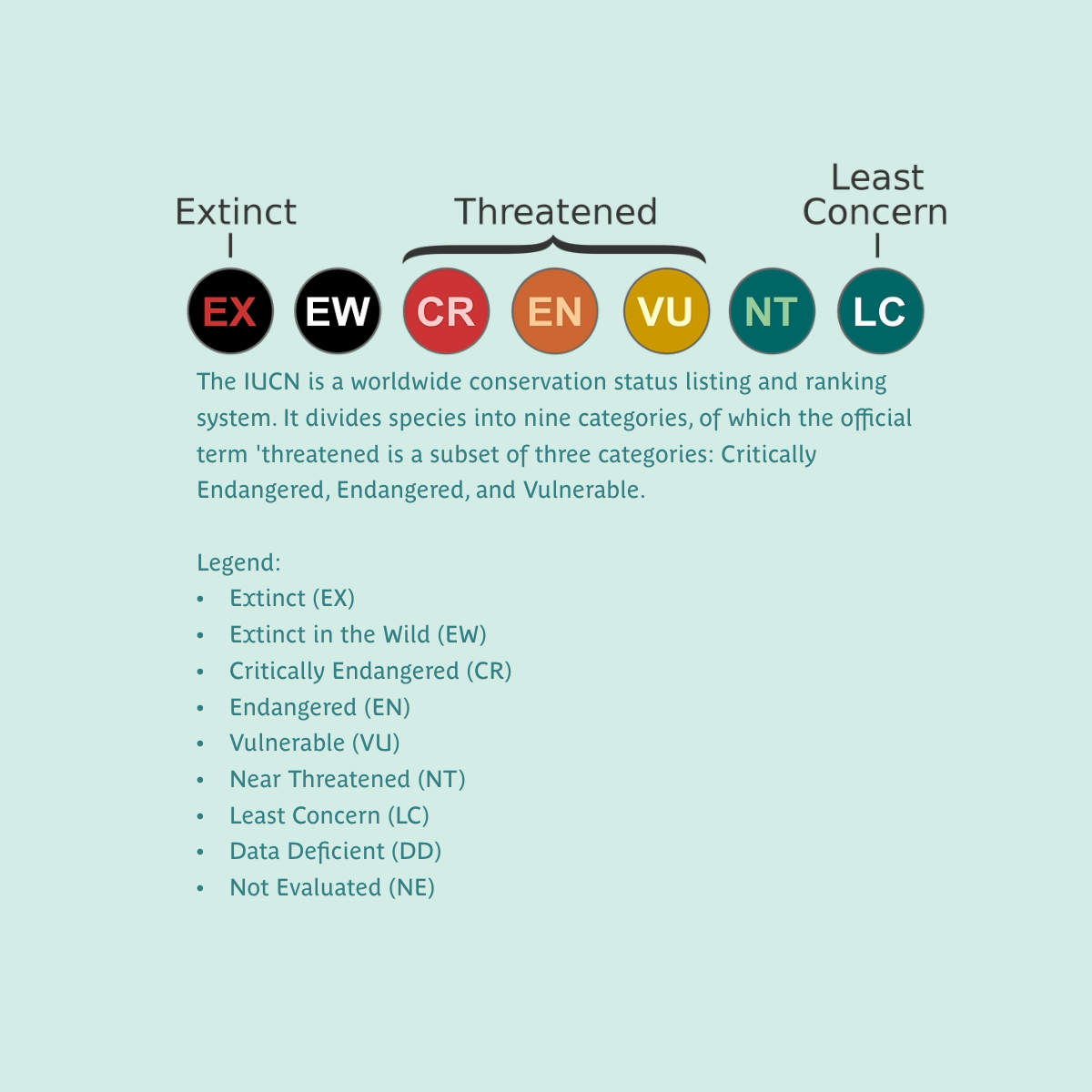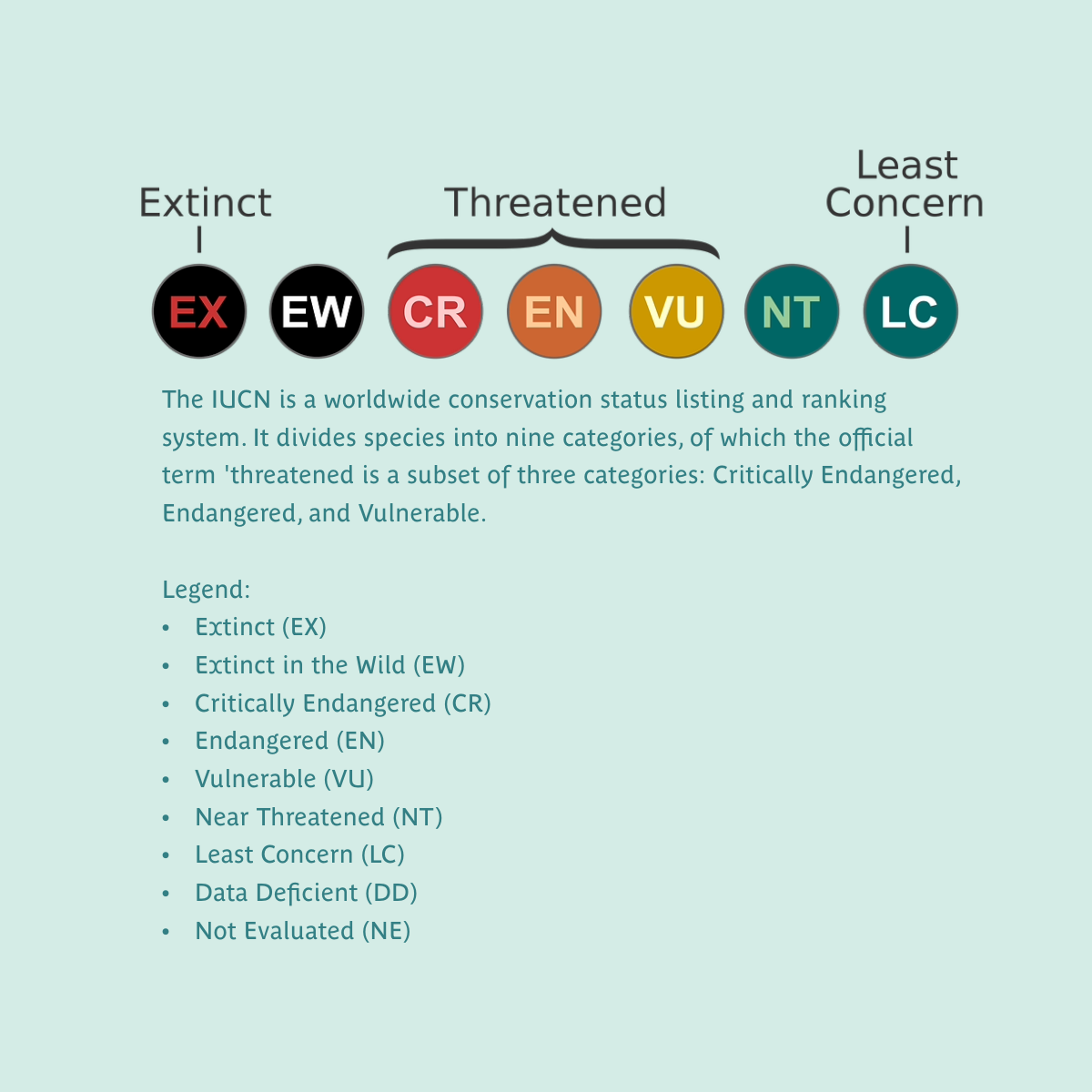Fun Facts
These wallabies are very nimble and use their large padded feet and long tail to balance as they hop around their rocky home.
Black-flanked Rock Wallabies do not need to drink water. They conserve water by sheltering in caves during the day to escape hot temperatures, then come out in the early evening to feed on grass, leaves, bark and fruit.
Black-flanked Rock Wallabies live in groups called colonies. They rarely make a sound, and it's thought they communicate using a complex range of behaviours and chemical signals.
These marsupials have an incredible ability to pause the development of an embryo until the environmental conditions are perfect for their joey to grow. The embryo development can be paused for weeks and months, and in extreme cases, up to a couple of years.
Where can you find them?
Black-flanked Rock Wallabies can be in found in parts of Western Australia, South Australia and the Northern Territory. They live in rocky outcrops, sandstone cliffs and caves, near grassland and shrubs.
Vulnerable
Conservation Status
These wallabies were once widespread across central and western Australia but are now found in small isolated populations and are extinct in some places.
Their main threat is introduced predators such as foxes and feral cats. They also face threats from habitat destruction as a result of land clearing from farming, and damage to land and food sources from grazing sheep, goats and rabbits.
Black-flanked rock wallabies are classified as Vulnerable by the IUCN Red List. Source: Burbidge, A.A. & Woinarski, J. 2016. Petrogale lateralis. The IUCN Red List of Threatened Species 2016: e.T16751A21955343. https://dx.doi.org/10.2305/IUCN.UK.2016-1.RLTS.T16751A21955343.en. Accessed on 28 July 2023.
Caring for Australia's Wildlife
We want our little ones, and yours, to grow up with a healthy planet, where native plants and animals thrive. That’s why we donate 1 cent from every product sold to support Australian wildlife. We also seek to minimise our impact on the environment wherever possible.
Australian Wildlife facing threats to survival are featured on our packaging, to help raise community awareness and support for these important animals.








